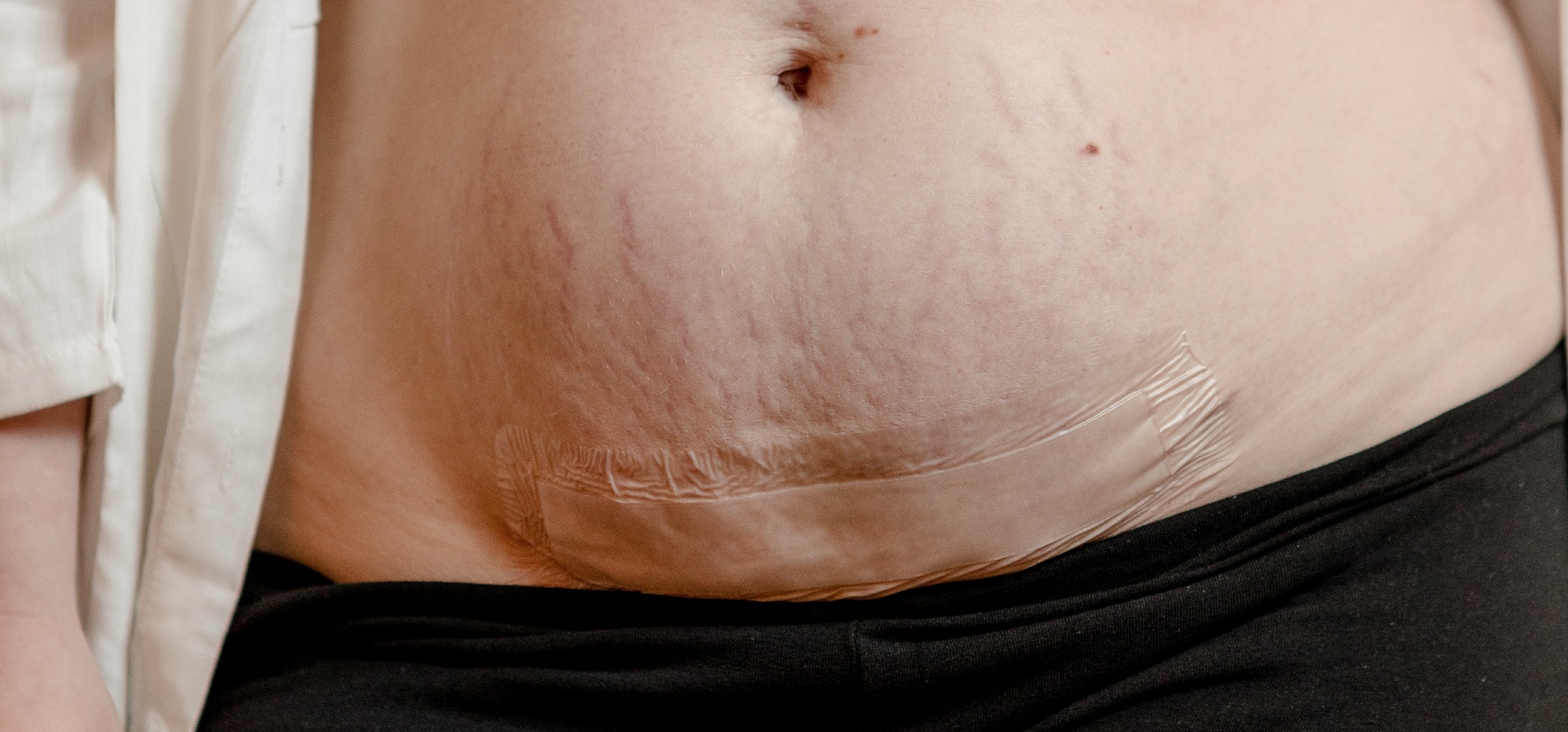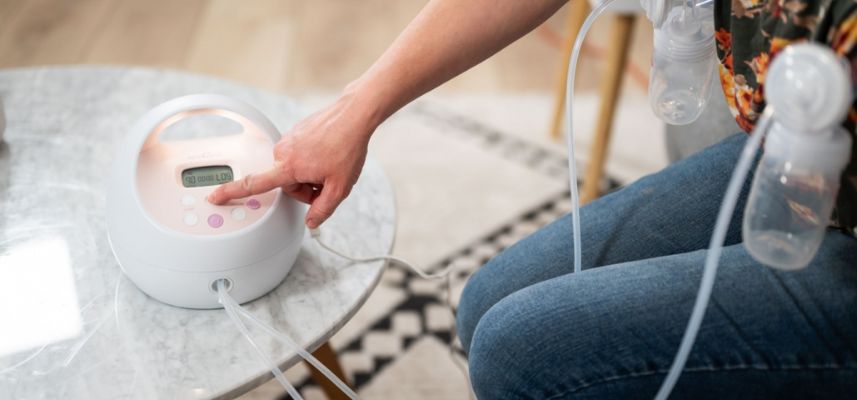You’ve been to your 6-week postpartum follow-up with your OB or birth provider. You’ve been told you can start exercising and having sex again, and that everything looks “normal." For some women, this is excellent news and couldn’t come soon enough. For others, exercise and sex are the last things they want to be doing.
Sex is a significant part of our intimate relationships, and it’s reasonable that you might be wondering how all of this works after bringing a new baby into the world. Will it hurt? Will I even want to? Will it feel different for my partner? What will happen to our relationship?
Intimacy with your partner can take on many forms. If you’re feeling anxious about penetrative intercourse, you may want to talk to your partner about your concerns and make a plan that feels right for both of you. Many new parents find success focusing on non-penetrative sex, gentle touch, and emphasizing the emotional connection with their partners for a while, while they continue healing and getting comfortable again after birth. Even the simple act of kissing for a few minutes at a time can bring you and your partner closer and rekindle your own arousal hormones. Whatever your anxieties about your sex life and intimacy might be, it’s worth communicating those concerns to your partner so that you are on the same page about how to stay connected without overwhelm.
In the long term, sexual health is important for all of us to live healthy, happy lives, and postpartum moms are no exception. It’s worth taking the time to understand what contributes to postpartum sexual function so that you can jump back in and enjoy it again when the time is right for you.
Let’s take a look at some factors that might contribute to postpartum sexual function so that we can approach this common concern without so much mystery.
Early recovery takes some time.
- It takes about six weeks for the uterus to shrink back down to pre-pregnancy size. Before six weeks postpartum, your body is at a higher risk for internal infection, which is why it’s generally not recommended to engage in any kind of penetrative intercourse until that time. At your 6-week follow-up appointment, your care provider will evaluate your healing process and look for any concerning signs or symptoms of delayed healing. If everything looks good, you may then want to spend some time getting to know your own anatomy before bringing your partner on board for the first time post-baby. It’s also a good time to start basic scar tissue massage if you had a c-section, perineal tearing, or an episiotomy.
Scar tissue is an extremely common side effect of giving birth.
- Whether you’ve had a c-section, an episiotomy, or perineal tearing during vaginal birth, you may want to check in with your scar tissue and apply some gentle scar massage to help it soften. Scar tissue can be very sensitive or even painful, but after a few weeks of gentle massage, it should start to feel less intense and more comfortable. If your scars are extremely sensitive or painful, or you’re having trouble getting started, you may want to seek out a pelvic physical therapist for support.
Hormones shift around big time after birth.
- You may notice a big emotional adjustment in the first few days after birth, and many of the associated hormonal shifts persist through the fourth trimester (and longer if you’re breastfeeding). One big hormonal shift to consider is estrogen levels. There are several types of estrogen, but the type that is produced in the ovaries plays a significant role in the health of your pelvic floor and vulvar tissues. Estrogen plummets after birth, similar to what happens during menopause, and it remains low for a while longer if you’re lactating. Estrogen helps with circulation, elasticity, and natural lubrication, so you may notice vaginal dryness, more need to use supplemental lube, or thinner skin in the vulvar area. These changes can certainly impact how arousal, intimacy, and intercourse feel for you.
- Though some new moms maintain their sex drive throughout, many just don’t feel interested in postpartum sex; they may feel that touching the area is painful, or they may experience other symptoms related to low estrogen like a sensation of heaviness at the pelvic floor. If we can look past the societal pressure to “bounce back” at six weeks postpartum, we can see that these are all extremely common and easily explained symptoms of postpartum recovery for new mothers.
- Hormones typically level out a bit more once your menstrual cycle returns, but in the meantime, there are a few tools to optimize how your body feels during this window of time. In addition to pelvic floor exercise to improve circulation and strength, a daily hydrating vulvar lubricant can be extremely helpful in supporting the hydration of the tissues. You can use it just as you would use a face cream; a little bit after a shower or when you’re feeling that the area needs a boost. There are several on the market that are made for daily use, not just lubricating during intercourse. Try Intimate Rose Organic Feminine Balm and GoodCleanLove Restore. Your physician may also recommend a topical estrogen cream. This type of estrogen remains localized in the vulvar tissues and helps to support that circulation and tissue health when you need it most.
Your pelvic floor muscles probably need some love, too.
- Whether you had a c-section or a vaginal delivery, your pelvic floor has been through the major pressure of carrying a pregnancy, and during a vaginal delivery, your pelvic floor stretches up to 300 times its normal size! Yes, all of this is normal and necessary, but did you know that the strength and function of your pelvic floor can impact your ability to orgasm?
- Though arousal is primarily associated with increased circulation to the clitoris, an orgasm is essentially a series of pelvic floor contractions. The evolutionary purpose of this is to draw sperm farther up the vaginal canal to support procreation. Even though you likely aren’t trying to procreate right away, you can still boost the quality and quantity of your orgasms by working your pelvic floor function. Both strength and coordination are valuable, so you may want to practice both longer holds and quick contractions to get the best results. It’s worth mentioning that up to 50% of women don’t perform a pelvic floor muscle contraction (a Kegel) correctly, even if they think they know how it’s done. Postpartum is an ideal time to check in with your birth provider or a pelvic physical therapist to make sure you’re on the right track to see success.
Sex shouldn’t hurt.
- If you’re experiencing painful sex, that’s definitely a time to speak to your health care provider. Unfortunately, some providers brush off pain with intercourse and say things like, “just give it time." Though you may very well see improvements over time, it’s worth finding the right support so that you can do the things you want to do without pain. Get a second opinion, and seek out a pelvic floor physical therapist through a directory site like Pelvic Guru or Google, and call around to find the right fit. You don’t always need a referral to get started with pelvic floor physical therapy, so go ahead and start your search to find a PT you trust.










